Scroll for prep

Please wait…
This video is having trouble loading. You may have lost your Internet connection.
Step 1: Click to Reload this page
Step 2: Click to
Try our other video player
Step 3: contact support if trouble persists.
Or,
dismiss this message.
DISCUSS:
How could you find out what your town was like before people lived there?

Please wait…
This video is having trouble loading. You may have lost your Internet connection.
Step 1: Click to Reload this page
Step 2: Click to
Try our other video player
Step 3: contact support if trouble persists.
Or,
dismiss this message.
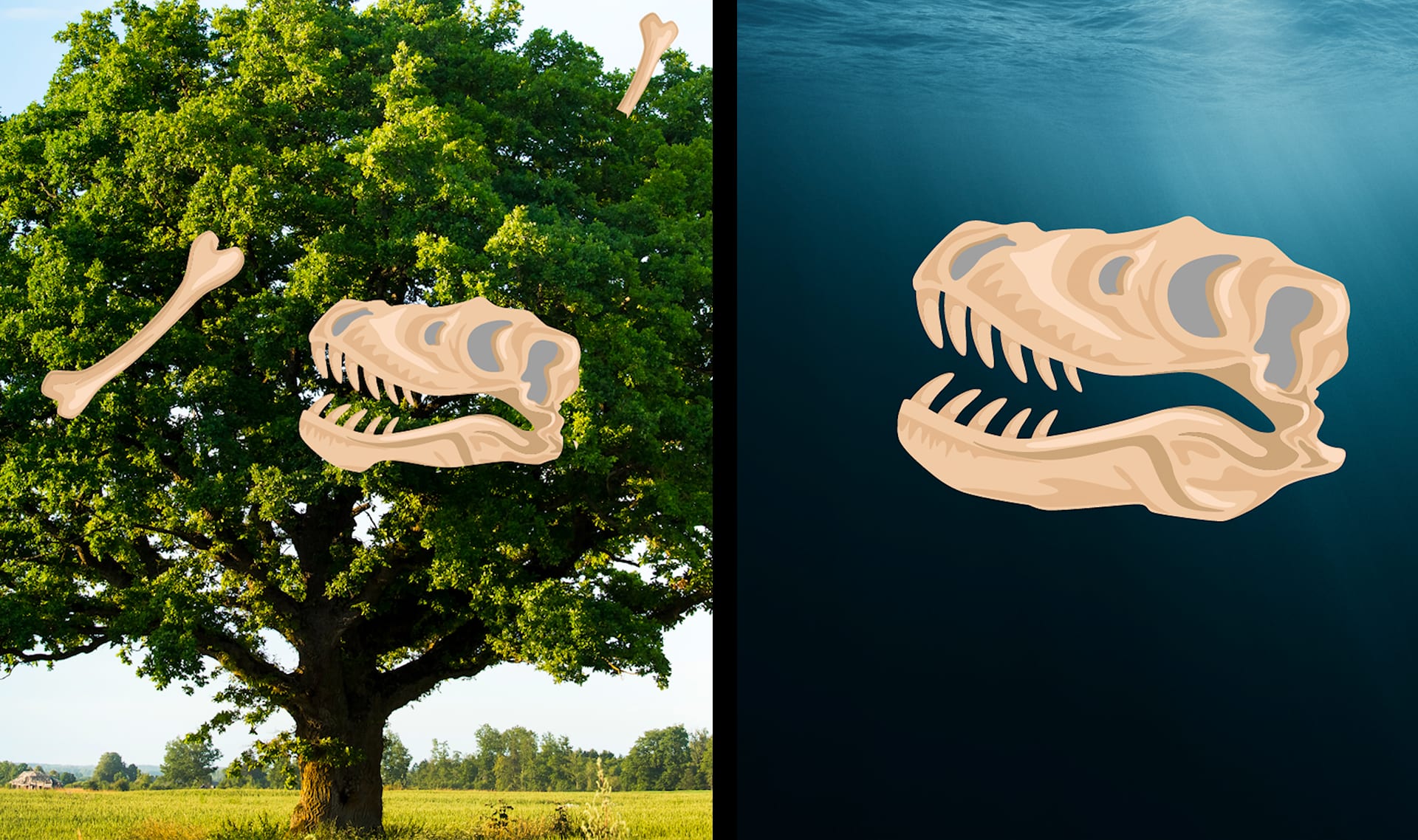
DISCUSS:
Why do you think we usually find fossils buried underground?
Why not hanging from tree branches or floating in the ocean?
Why do you think we usually find fossils buried underground?
Why not hanging from tree branches or floating in the ocean?

Please wait…
This video is having trouble loading. You may have lost your Internet connection.
Step 1: Click to Reload this page
Step 2: Click to
Try our other video player
Step 3: contact support if trouble persists.
Or,
dismiss this message.
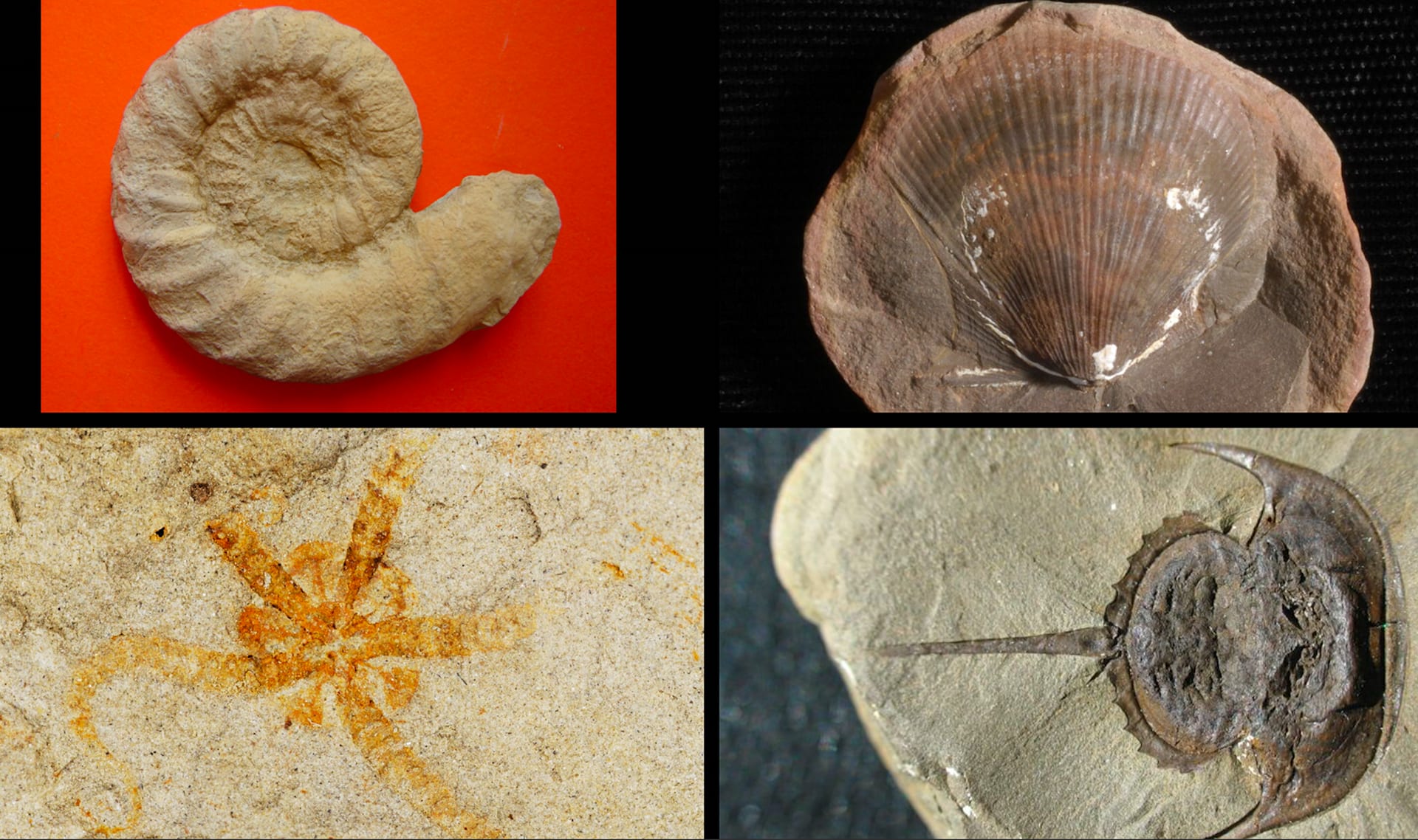
DISCUSS:
Do any of these fossils remind you of animals alive today?
What animals do they remind you of?
Do any of these fossils remind you of animals alive today?
What animals do they remind you of?

Please wait…
This video is having trouble loading. You may have lost your Internet connection.
Step 1: Click to Reload this page
Step 2: Click to
Try our other video player
Step 3: contact support if trouble persists.
Or,
dismiss this message.
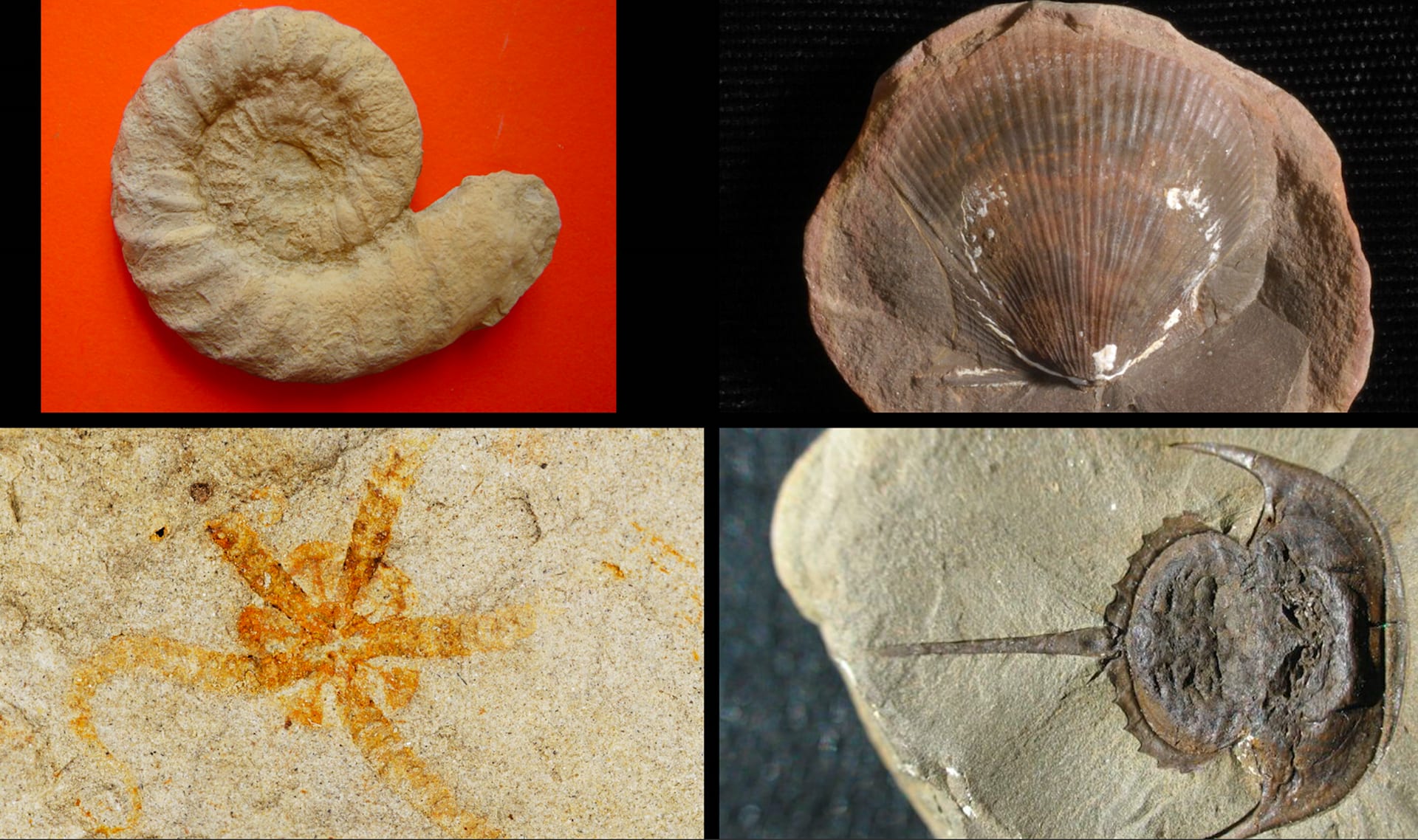
DISCUSS:
What kind of environment do you think these fossils lived in long ago?
What makes you think this?
What kind of environment do you think these fossils lived in long ago?
What makes you think this?

Please wait…
This video is having trouble loading. You may have lost your Internet connection.
Step 1: Click to Reload this page
Step 2: Click to
Try our other video player
Step 3: contact support if trouble persists.
Or,
dismiss this message.
DISCUSS:
How can the same spot have fossils of LAND animals AND fossils of AQUATIC animals?

Please wait…
This video is having trouble loading. You may have lost your Internet connection.
Step 1: Click to Reload this page
Step 2: Click to
Try our other video player
Step 3: contact support if trouble persists.
Or,
dismiss this message.

Please wait…
This video is having trouble loading. You may have lost your Internet connection.
Step 1: Click to Reload this page
Step 2: Click to
Try our other video player
Step 3: contact support if trouble persists.
Or,
dismiss this message.
Step
01/13
01/13
Find a partner.
Decide who will be Rock Ranger and who will be Fossil Finder.
Decide who will be Rock Ranger and who will be Fossil Finder.

Please wait…
This video is having trouble loading. You may have lost your Internet connection.
Step 1: Click to Reload this page
Step 2: Click to
Try our other video player
Step 3: contact support if trouble persists.
Or,
dismiss this message.
Step
02/13
02/13
Get your supplies.

Please wait…
This video is having trouble loading. You may have lost your Internet connection.
Step 1: Click to Reload this page
Step 2: Click to
Try our other video player
Step 3: contact support if trouble persists.
Or,
dismiss this message.
Step
03/13
03/13
Fossil Finder: Add glue to the striped box at the top.
Rock Ranger: Line up the top page of Colossal Canyon with the gray
striped box. Lay it on top. Press down along all the edges.
Rock Ranger: Line up the top page of Colossal Canyon with the gray
striped box. Lay it on top. Press down along all the edges.

Please wait…
This video is having trouble loading. You may have lost your Internet connection.
Step 1: Click to Reload this page
Step 2: Click to
Try our other video player
Step 3: contact support if trouble persists.
Or,
dismiss this message.
Step
04a/13
04a/13
Take a look at your Fossil Cards.
Discuss:
Discuss:

Please wait…
This video is having trouble loading. You may have lost your Internet connection.
Step 1: Click to Reload this page
Step 2: Click to
Try our other video player
Step 3: contact support if trouble persists.
Or,
dismiss this message.
Step
04b/13
04b/13
Here are some things we noticed.

Please wait…
This video is having trouble loading. You may have lost your Internet connection.
Step 1: Click to Reload this page
Step 2: Click to
Try our other video player
Step 3: contact support if trouble persists.
Or,
dismiss this message.
Step
05/13
05/13
Fossil Finder: Cut along the thick black line of the Fossil Cards
worksheet. Keep one half and give the other half to your partner.
Both: Cut along all dotted lines. Put all 6 cards on your desk.
worksheet. Keep one half and give the other half to your partner.
Both: Cut along all dotted lines. Put all 6 cards on your desk.

Please wait…
This video is having trouble loading. You may have lost your Internet connection.
Step 1: Click to Reload this page
Step 2: Click to
Try our other video player
Step 3: contact support if trouble persists.
Or,
dismiss this message.
Step
06a/13
06a/13
Rock Ranger: Read the story from Part 1 out loud.
Fossil Finder: Look at all the Fossil Cards. Use the clues from the
story to decide which fossils belong in this layer of the canyon.
Fossil Finder: Look at all the Fossil Cards. Use the clues from the
story to decide which fossils belong in this layer of the canyon.

Please wait…
This video is having trouble loading. You may have lost your Internet connection.
Step 1: Click to Reload this page
Step 2: Click to
Try our other video player
Step 3: contact support if trouble persists.
Or,
dismiss this message.
Step
06b/13
06b/13
Here’s what we noticed.
Write the number of the story that matches with the fossils found
on each Fossil Card.
Write the number of the story that matches with the fossils found
on each Fossil Card.

Please wait…
This video is having trouble loading. You may have lost your Internet connection.
Step 1: Click to Reload this page
Step 2: Click to
Try our other video player
Step 3: contact support if trouble persists.
Or,
dismiss this message.
Step
07/13
07/13
Both: Starting at the bottom, take turns reading each part of the
story aloud. Then, look at your Fossil Cards. Discuss together which
card matches each part of the story. Add numbers to keep track.
story aloud. Then, look at your Fossil Cards. Discuss together which
card matches each part of the story. Add numbers to keep track.

Please wait…
This video is having trouble loading. You may have lost your Internet connection.
Step 1: Click to Reload this page
Step 2: Click to
Try our other video player
Step 3: contact support if trouble persists.
Or,
dismiss this message.
Step
08/13
08/13
Both: Discuss with your partner where you want to place each Fossil
Card in Colossal Canyon. Move each card to the correct place before
you glue them.
Card in Colossal Canyon. Move each card to the correct place before
you glue them.

Please wait…
This video is having trouble loading. You may have lost your Internet connection.
Step 1: Click to Reload this page
Step 2: Click to
Try our other video player
Step 3: contact support if trouble persists.
Or,
dismiss this message.
Step
09/13
09/13
Rock Ranger: Add glue to the area in the dotted rectangle.
Fossil Finder: Lay the Fossil Card with that number on top, press
down along all the edges. Repeat for all six Fossil Cards.
Fossil Finder: Lay the Fossil Card with that number on top, press
down along all the edges. Repeat for all six Fossil Cards.
If you need a natural stopping point!
Teachers: If you are short on time, this is a good stopping point.
You can come back and use your completed Colossal Canyon model next time.
If you’re continuing right now, advance to the next slide.

Please wait…
This video is having trouble loading. You may have lost your Internet connection.
Step 1: Click to Reload this page
Step 2: Click to
Try our other video player
Step 3: contact support if trouble persists.
Or,
dismiss this message.
Step
10/13
10/13
Discuss:

Please wait…
This video is having trouble loading. You may have lost your Internet connection.
Step 1: Click to Reload this page
Step 2: Click to
Try our other video player
Step 3: contact support if trouble persists.
Or,
dismiss this message.
Step
11/13
11/13
Discuss:

Please wait…
This video is having trouble loading. You may have lost your Internet connection.
Step 1: Click to Reload this page
Step 2: Click to
Try our other video player
Step 3: contact support if trouble persists.
Or,
dismiss this message.
Step
12/13
12/13
Discuss:

Please wait…
This video is having trouble loading. You may have lost your Internet connection.
Step 1: Click to Reload this page
Step 2: Click to
Try our other video player
Step 3: contact support if trouble persists.
Or,
dismiss this message.
Step
13/13
13/13
Discuss:

Please wait…
This video is having trouble loading. You may have lost your Internet connection.
Step 1: Click to Reload this page
Step 2: Click to
Try our other video player
Step 3: contact support if trouble persists.
Or,
dismiss this message.

DISCUSS:
Which do you think is the OLDEST layer of fossils in this canyon? Why?
Which do you think is the OLDEST layer of fossils in this canyon? Why?

Please wait…
This video is having trouble loading. You may have lost your Internet connection.
Step 1: Click to Reload this page
Step 2: Click to
Try our other video player
Step 3: contact support if trouble persists.
Or,
dismiss this message.

DISCUSS:
How could a fossil get inside solid rock?
How could a fossil get inside solid rock?

Please wait…
This video is having trouble loading. You may have lost your Internet connection.
Step 1: Click to Reload this page
Step 2: Click to
Try our other video player
Step 3: contact support if trouble persists.
Or,
dismiss this message.

DISCUSS:
Does any part of Colossal Canyon look like it has no fossils in it at all?
Does any part of Colossal Canyon look like it has no fossils in it at all?

Please wait…
This video is having trouble loading. You may have lost your Internet connection.
Step 1: Click to Reload this page
Step 2: Click to
Try our other video player
Step 3: contact support if trouble persists.
Or,
dismiss this message.

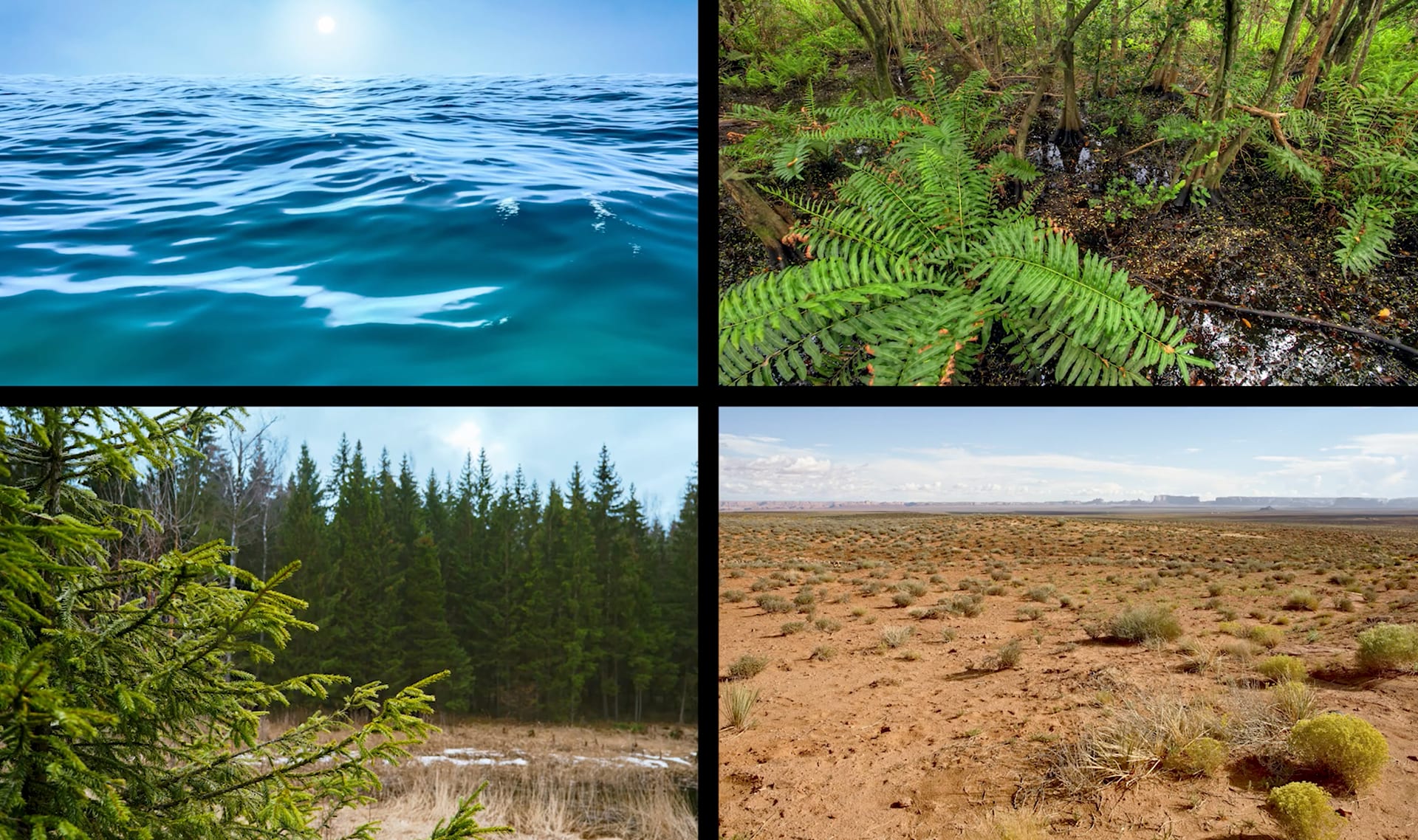
environment
1 of 12
all the living and nonliving things in a particular place
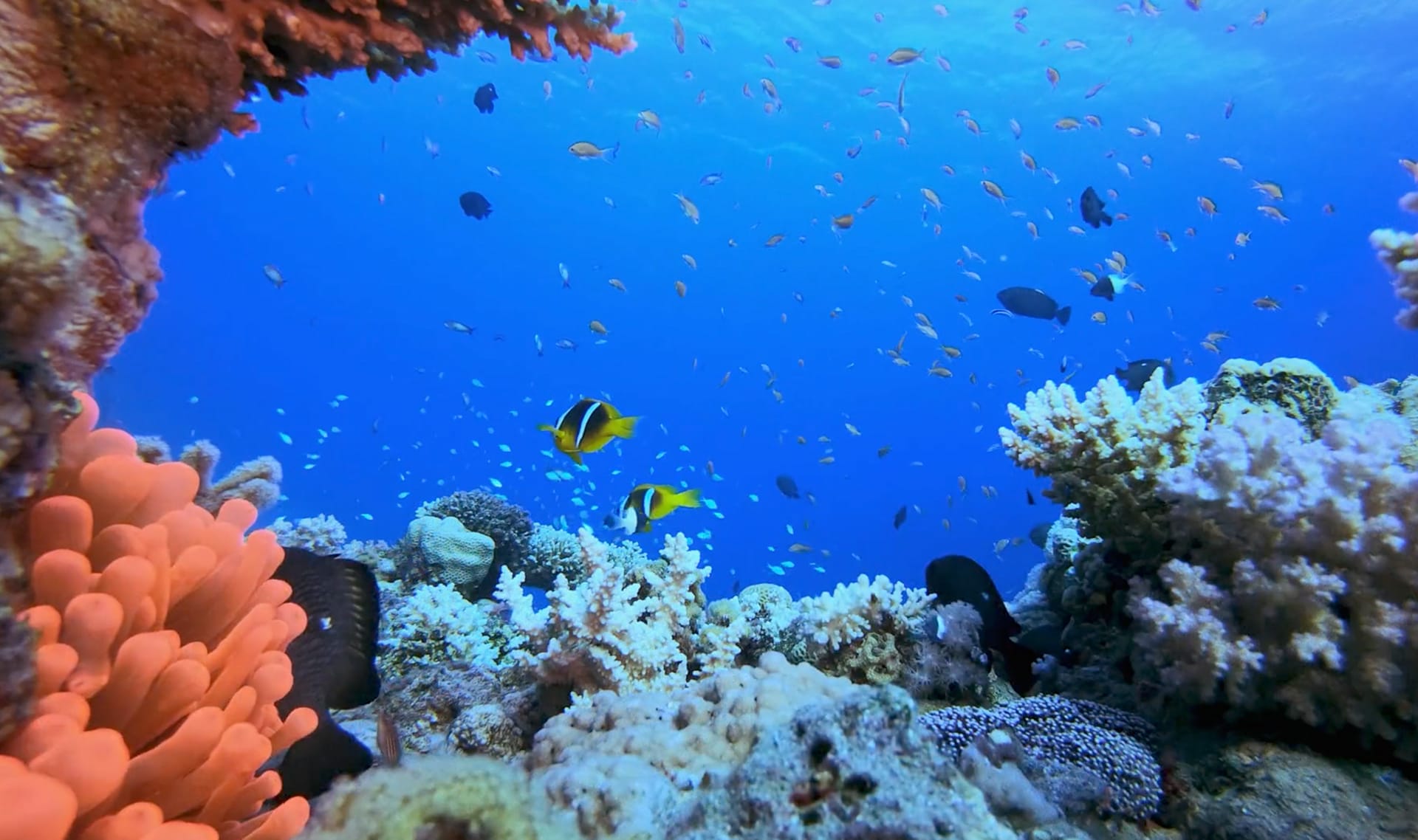
aquatic
2 of 12
underwater
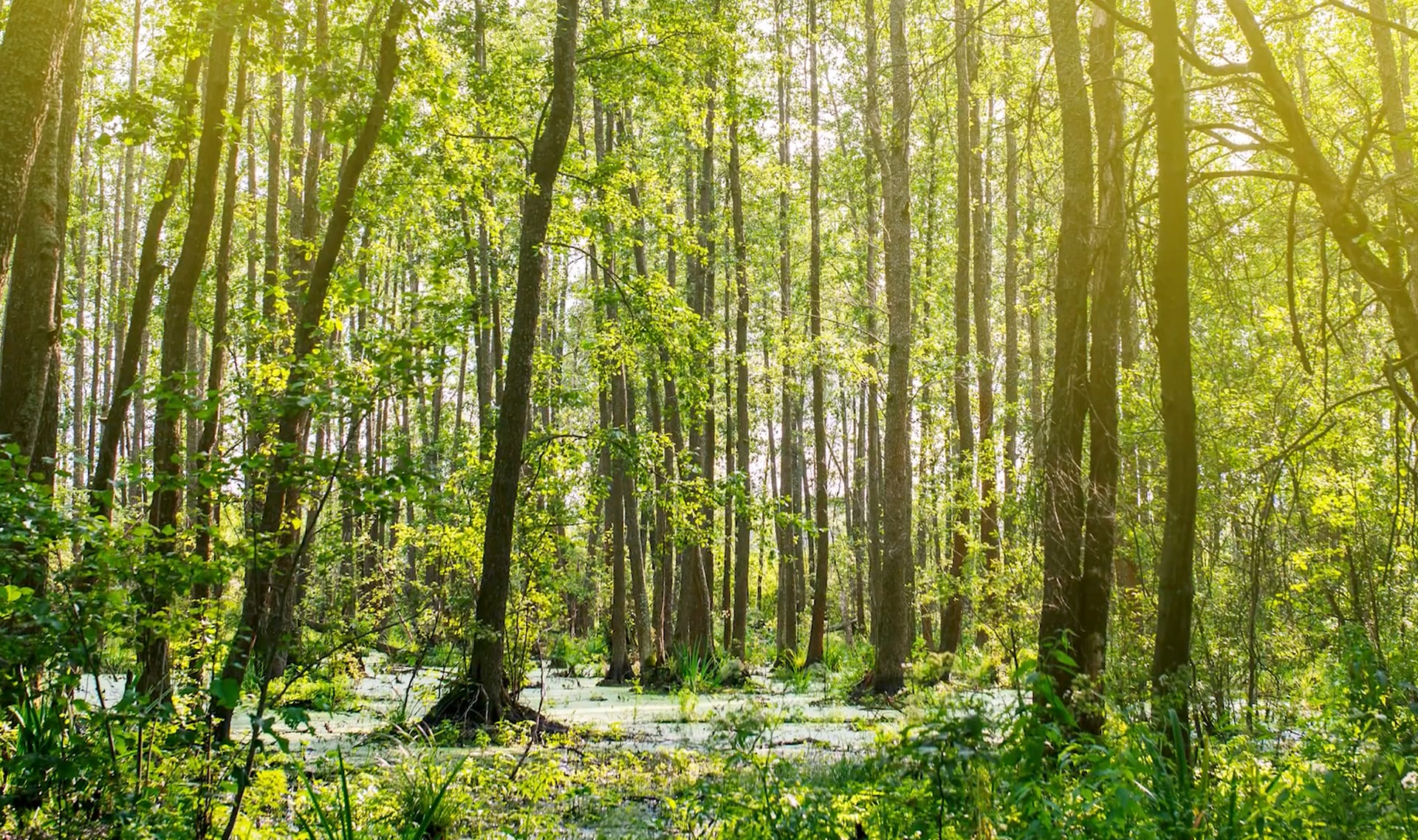
swamp
3 of 12
a habitat covered in water and filled with many trees

canyon
4 of 12
a deep hole in the ground formed over a long time by moving water

model
5 of 12
a pretend version of something that scientists use when the real thing is too big, small, or complicated to work with

evidence
6 of 12
information that can be used to support or reject an idea
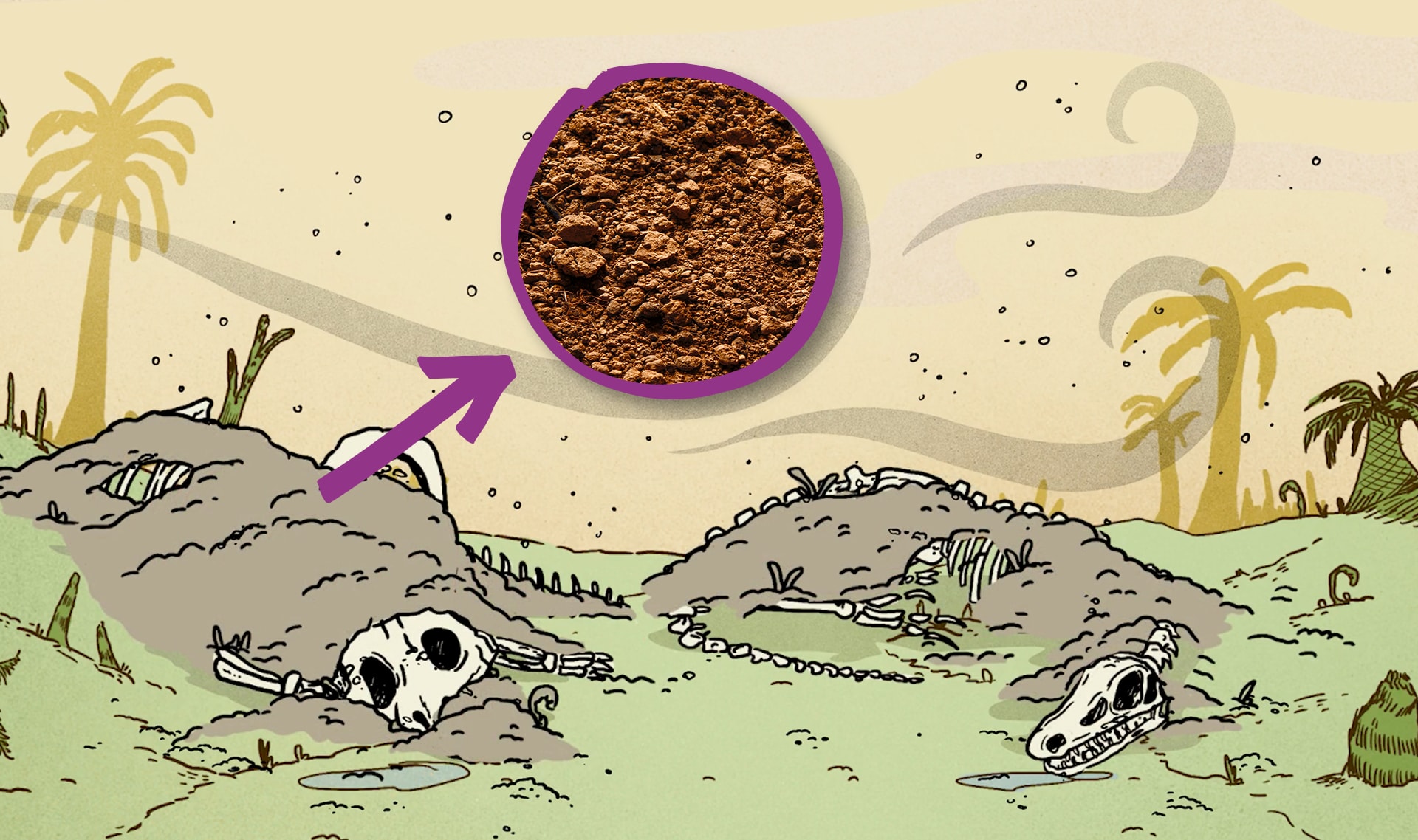
sediment
7 of 12
very small pieces of rock

Please wait…
This video is having trouble loading. You may have lost your Internet connection.
Step 1: Click to Reload this page
Step 2: Click to
Try our other video player
Step 3: contact support if trouble persists.
Or,
dismiss this message.
deposition
8 of 12
the process of sediment falling and settling on a surface

sedimentary rock
9 of 12
a type of rock formed when sediments settle and then press together over long periods of time
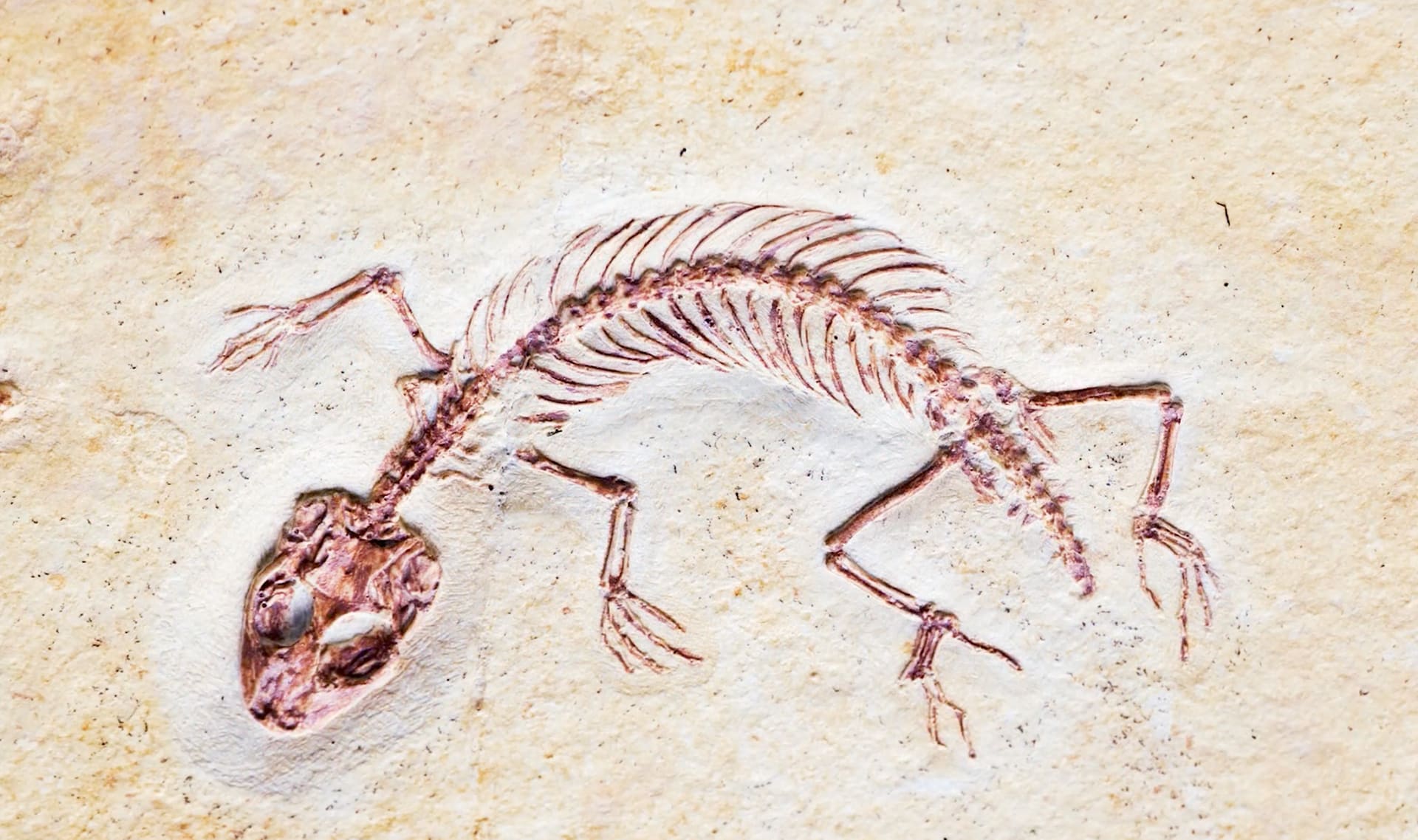
fossil
10 of 12
the remains of a plant or animal that lived a very, very long time ago

coal
11 of 12
a dark rock made of fossil plants that can be burned and used for fuel

Please wait…
This video is having trouble loading. You may have lost your Internet connection.
Step 1: Click to Reload this page
Step 2: Click to
Try our other video player
Step 3: contact support if trouble persists.
Or,
dismiss this message.
fossil fuel
12 of 12
a material made of fossils that is burned for energy, such as coal
🎉
That’s it for this lesson! How did it go?
Sign up now for more great lessons!



